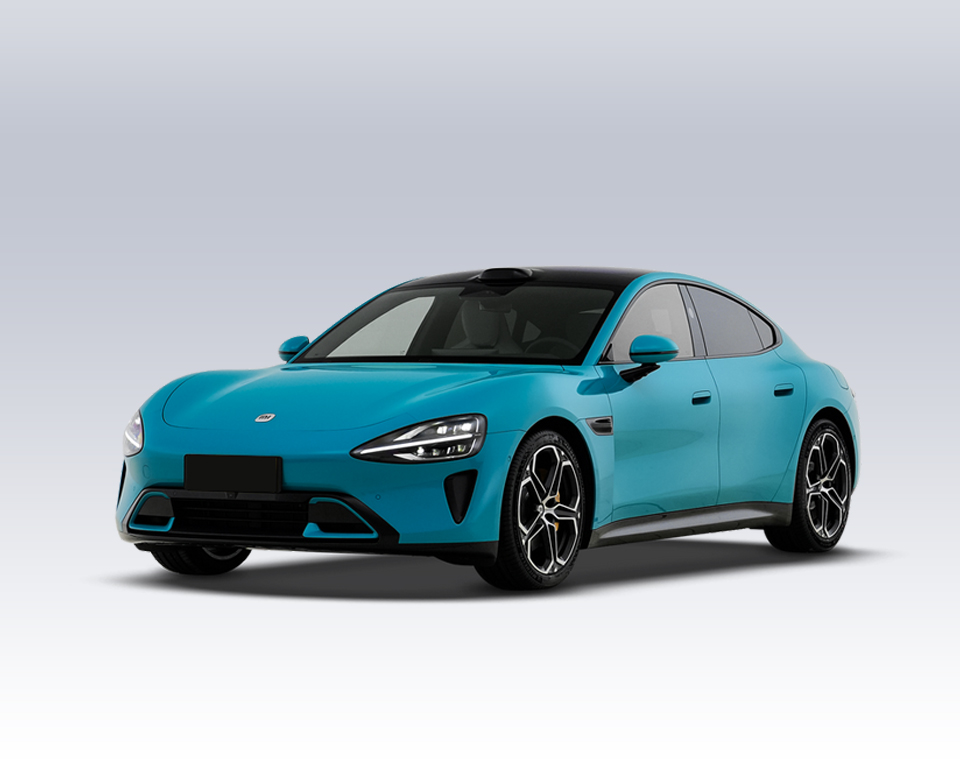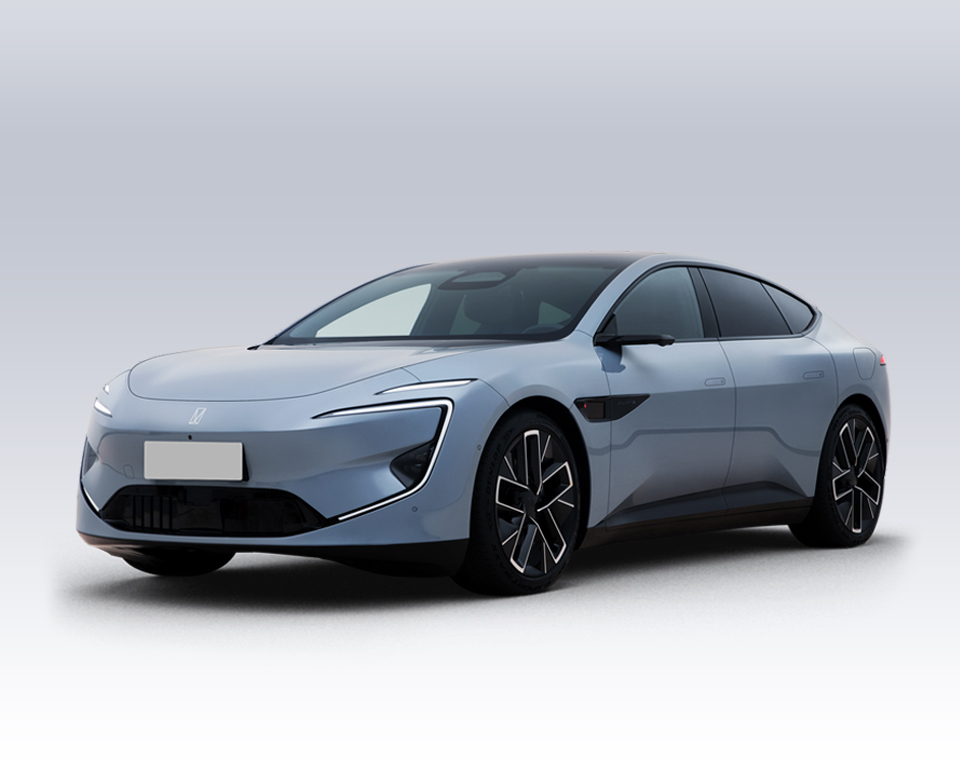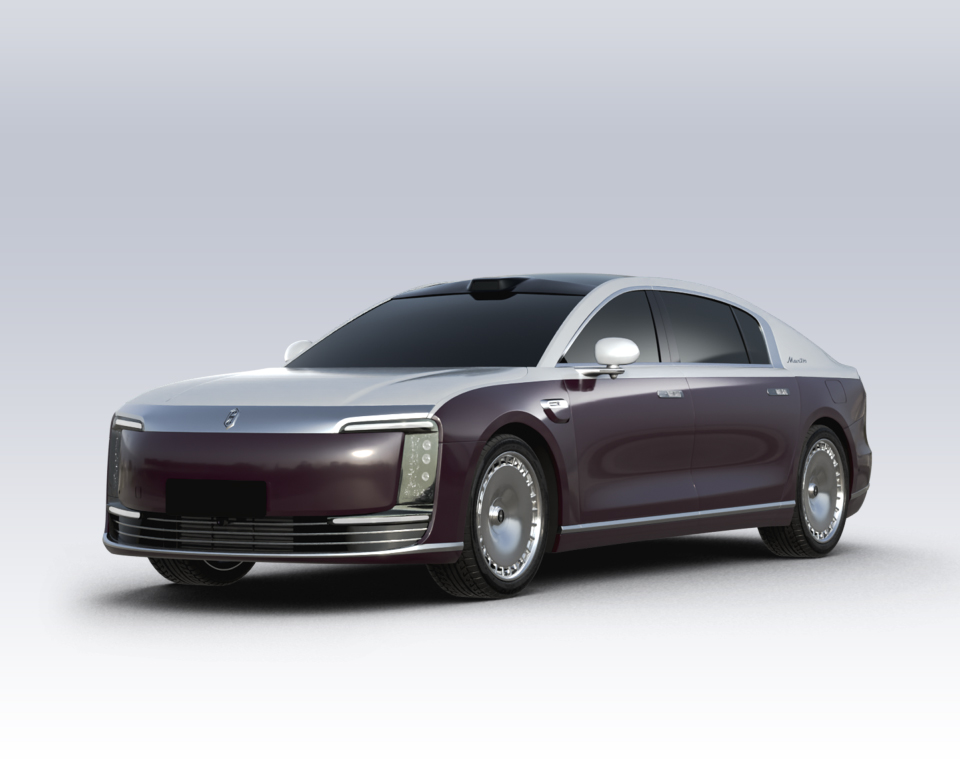Electronic Side Mirrors: Innovation or Gimmick?
Electronic Side Mirrors, or Camera Monitor Systems (CMS), replace traditional side-view mirrors with cameras that project real-time video onto in-cabin screens. This includes both side cameras and rear-view monitors used during reversing. As a highly digital and intelligent driver assistance system, CMS represents a bold step in the digital transformation of new energy vehicles. It offers distinct advantages in visibility, safety, aerodynamics, and futuristic design. However, high costs, potential technical failures, learning curves, and visual adaptation issues also need to be acknowledged.
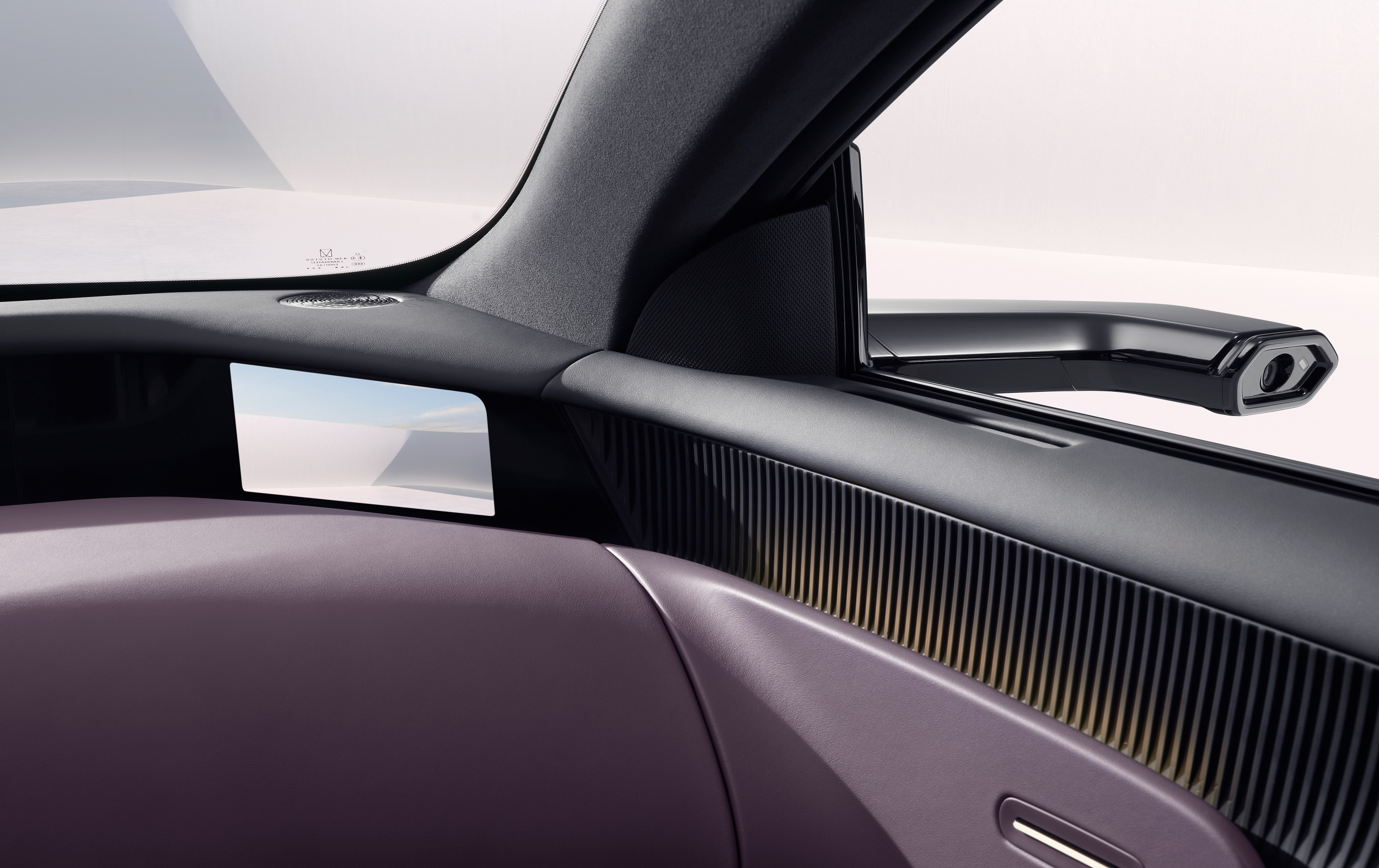
🔧 How It Works: Core Components
Camera Modules: Mounted on the vehicle’s flanks, featuring wide-angle views, night vision, waterproofing, and frost resistance.
Image Processor Chips: Handle image signal processing (ISP), dynamic dimming, glare reduction, image enhancement, and distortion correction.
Displays: Positioned near the A-pillars or dashboard to show external visuals in real time.
Vehicle Integration & Software: Includes foldable structures, power supply, control algorithms, and safety redundancy mechanisms.
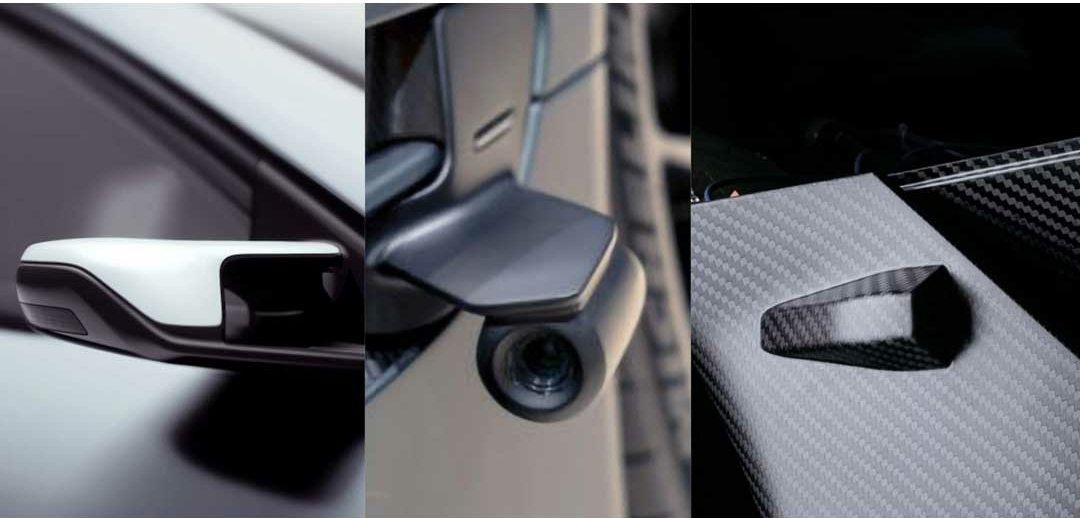
✅ Advantages in Detail
🛣️ 1. Enhanced Field of View and Reduced Blind Spots
Equipped with wide-angle lenses and dynamic viewing angles, CMS greatly reduces blind spots during low-speed reversing or high-speed lane changes.
🌙 2. Superior Performance in Low Visibility
Unlike traditional mirrors, which suffer from rain, fog, or glare, CMS uses algorithms to maintain clarity and reduce reflection issues in nighttime or bad weather.
💨 3. Lower Air Drag and Extended Range
Compact camera units replace bulky mirror housings, reducing aerodynamic drag and wind noise. Honda claims CMS improves fuel efficiency by about 3.8%; heavy trucks can reduce fuel consumption by up to 1.3%.
🚀 4. Futuristic Look and Smart Integration
CMS integrates seamlessly with ADAS and connected car systems, enabling features like night vision, 3D surround view, and turn-assist overlays — boosting the vehicle’s tech appeal.
🧼 5. Lightweight, Foldable, and Easy to Clean
Compared to traditional mirrors, CMS is lighter and slimmer, supports automatic folding, and is easier to clean with fewer issues from dust, frost, or snow.

⚖️ Real-World Experience: Pros and Cons
👍 Positive User Feedback
Wide and real-time views enhance safety during lane changes and reversing.
Clear image quality at night or in the rain.
Sleek, high-tech design strengthens brand identity.
Works smoothly with ADAS features, expanding the smart driving ecosystem.
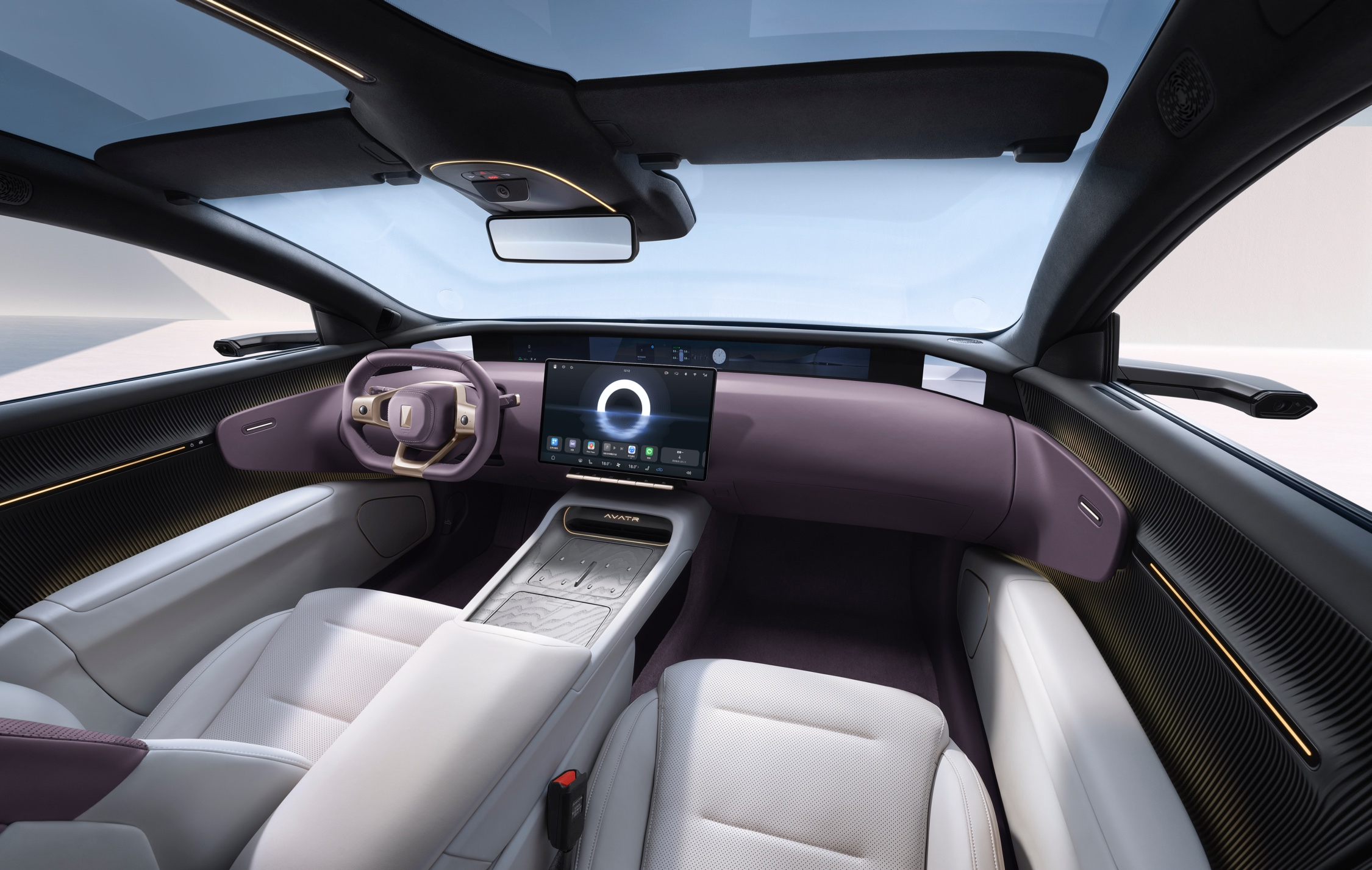
👎 Challenges and Limitations
1. 👁️🗨️ Changed Driving Habits
CMS requires drivers to shift focus between traditional viewing angles and screen locations, which can be mentally taxing for those used to optical mirrors.
2. 👓 Visual Fatigue and Focal Discomfort
Frequent focus switching between road and screen may cause eye strain, especially for older drivers. Sudden brightness changes can also be distracting.
3. 🌀 Delay and Stability Concerns
Image processing lag or screen freezing can delay driver reactions. While rare, system crashes pose an electronic safety risk.
4. 🔍 Lack of Depth Perception
CMS provides 2D visuals, which may impair depth judgment compared to traditional mirrors—especially during lane changes or tight spacing.
5. 💸 High Cost and Complex Repairs
With multiple components (camera, wiring, display, processor), repair costs are higher, and post-collision replacements can be expensive.
6. 🔋 Power Use and Cybersecurity
Constant operation consumes power, and networked CMS could become a cybersecurity vulnerability without proper safeguards.
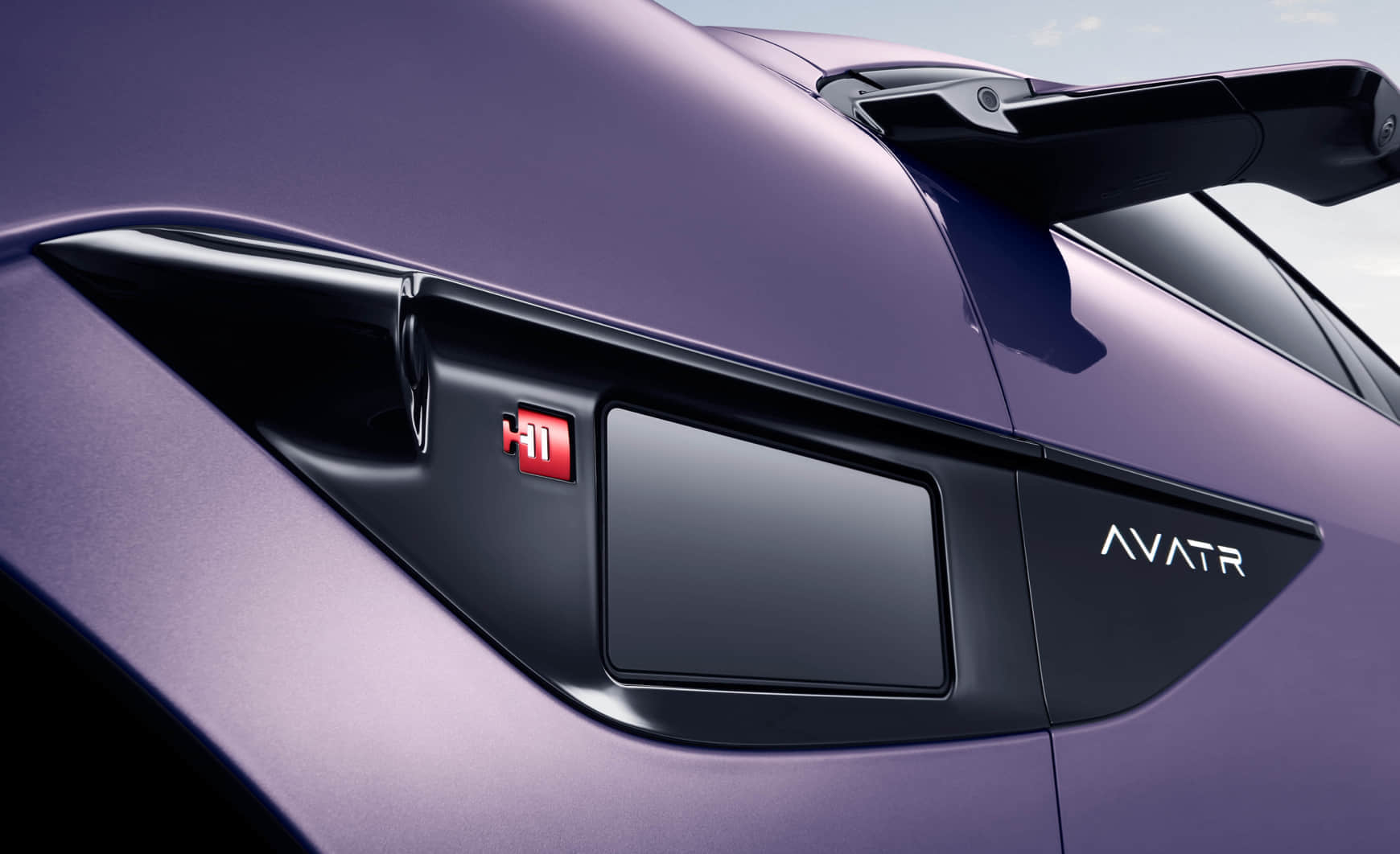
📈 Future Outlook and Optimization
| Direction | Improvements |
|---|---|
| 📺 Imaging & Display | Higher resolution, smoother refresh rates, and smarter glare resistance |
| 🧠 Human-Machine Interface | Better screen placement, touch/voice control, reduced eye strain |
| 🔁 Redundancy & Failover | Dual-system setups; automatic fallback to optical mirrors on failure |
| ⚙️ Habit Compatibility | Hybrid systems with both CMS and traditional mirrors for user preference |
| 💰 Cost & Modularity | Reduced part costs, easier replacement, improved scalability and after-sales service |
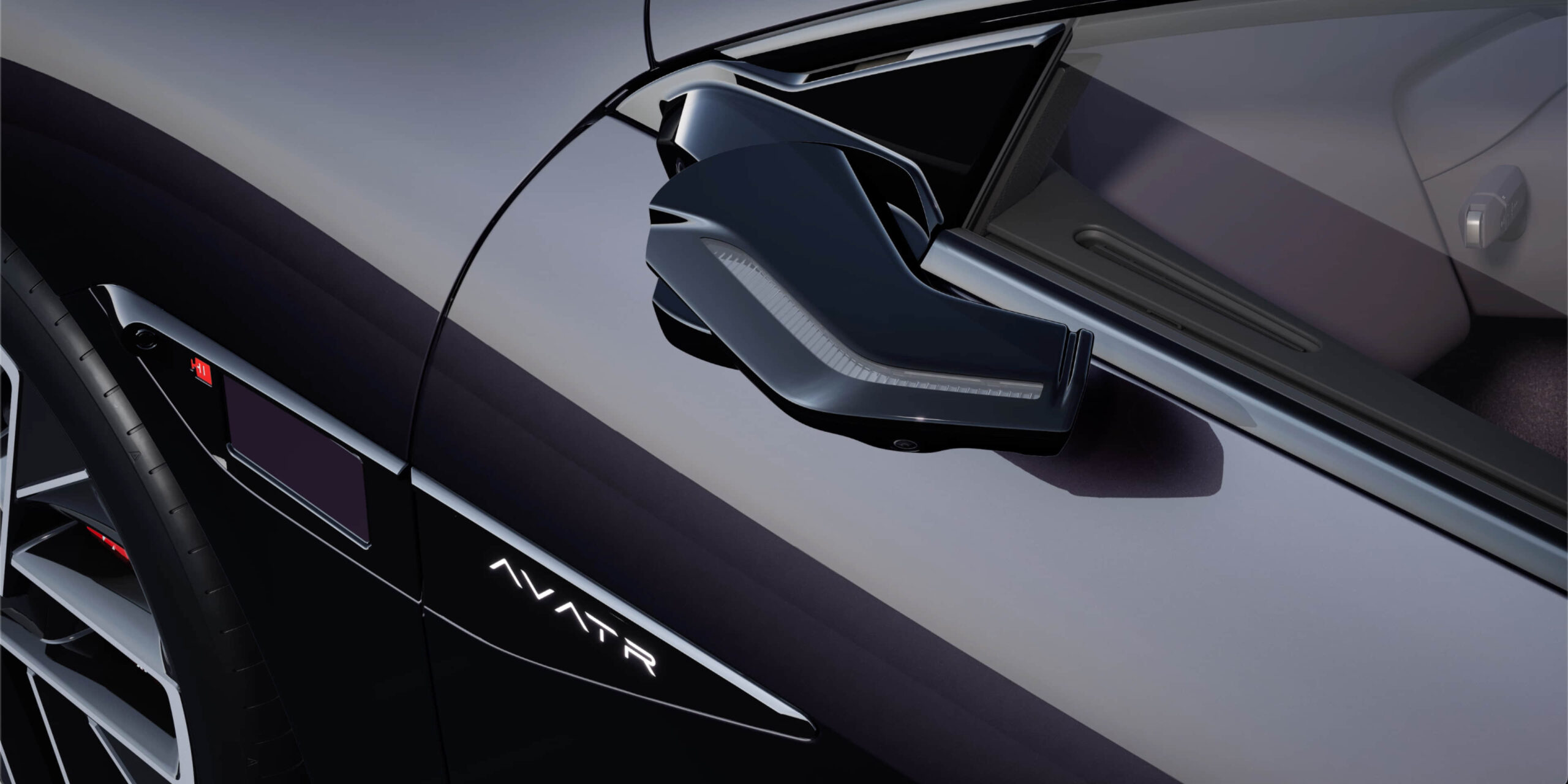
📝 Conclusion
Electronic side mirrors hold transformative potential in the era of smart mobility. However, real-world adoption must balance innovation with practicality. Automakers need to prioritize user familiarity and safety, ensuring tech upgrades don’t compromise the driving experience. For consumers, the decision to opt for CMS should be grounded in personal preferences, driving conditions, and risk tolerance.
Please explore our blog for the latest news and offers from the EV market.


